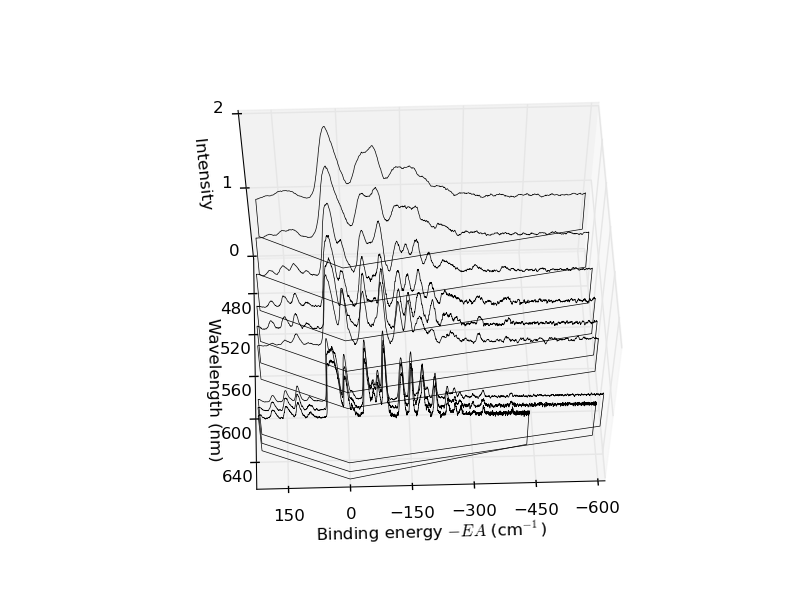I want to plot a series of (x,y) datasets similar to the
polygon plot tutorial example (add_collection3d),
but with a transparent facecolor and no baseline.
Setting alpha=0.0 in the tutorial example (below)
achieves the transparency, but the baseline remains.
Is there a way to remove the baseline?
Tks,
Steve.
from mpl_toolkits.mplot3d import Axes3D
from matplotlib.collections import PolyCollection
from matplotlib.colors import colorConverter
import matplotlib.pyplot as plt
import numpy as np
fig = plt.figure()
ax = fig.gca(projection='3d')
cc = lambda arg: colorConverter.to_rgba(arg, alpha=0.0)
xs = np.arange(0, 10, 0.4)
verts = []
zs = [0.0, 1.0, 2.0, 3.0]
for z in zs:
ys = np.random.rand(len(xs))
ys[0], ys[-1] = 0, 0
verts.append(list(zip(xs, ys)))
poly = PolyCollection(verts, facecolors = [cc('r'), cc('g'), cc('b'),
cc('y')])
#poly.set_alpha(0.7)
ax.add_collection3d(poly, zs=zs, zdir='y')
ax.set_xlabel('X')
ax.set_xlim3d(0, 10)
ax.set_ylabel('Y')
ax.set_ylim3d(-1, 4)
ax.set_zlabel('Z')
ax.set_zlim3d(0, 1)
